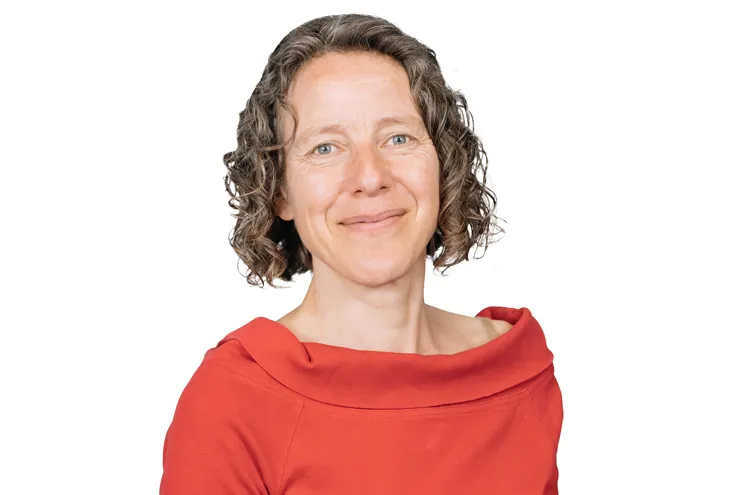Hidden engineering: the role of engineering as a Patent Attorney
In the world of engineering, traditional career paths are well-known. However, there is such a variety of lesser-known routes, where engineering skills are equally vital. One such path is the role of a patent attorney, where technical knowledge meets legal expertise.
Dr. Esther Ford, a Chartered (UK) and European Patent Attorney for Marks & Clerk LLP, is one such engineer who has been able to utilise her vast engineering experience in a role where it is integral.
Her interest in engineering started early

Esther’s interest in engineering began with a ‘Women in Science and Engineering’ course during her A-levels. Having been able to meet like-minded girls – sparking an interest in understanding ‘how things work’ – she made the decision to study electronic engineering, coupled with an industrial apprenticeship at Thorn EMI Defence Group.
Esther said: “The apprenticeship was particularly formative: I learned practical workshop skills, increased my knowledge of electronic circuits and programming, and learned transferable ‘soft’ skills simply by experiencing a professional environment.”
Despite the challenges of being the only girl in the apprenticeship cohort, she was not deterred from this career path and eventually found a better balance at university, where she pursued an Electronic Engineering degree and a PhD in microelectronics at Cambridge University.
She said: “I also had a fantastic opportunity towards the end of my PhD, to present the IET Faraday lecture “The Digital World”, which was broadcast over Europe and N. America and toured venues around the UK. Despite the stereotypes held by some in the audience, I hoped they could see my genuine passion for electronics.”
Becoming a patent attorney
The transition to a patent attorney role came after even more engineering experience, working with everything from designing tunable optical lasers to researching modulation techniques. Esther’s new role now involves scouting, discussing, and developing new engineering ideas with inventors, and using technical and legal knowledge to secure them patents.
The role requires a high level of technical qualifications, making the engineering background vital. She says: “I use my engineering background - and update my engineering knowledge - every single working day.”
Each day is never the same
Day to day she is working on patents in diverse fields such as 5G telecommunications, IoT devices, medical devices, and IoT-enabled cat flaps. Drafting a new patent application typically begins with a detailed meeting with inventors to understand the new idea in engineering terms. This is followed by preparing technically accurate descriptions and carefully crafted claims to distinguish the invention from something already made.
If written arguments don’t convince the examiner, Esther moves to an interview or ‘oral proceedings’ where she explains the invention’s benefits. These face-to-face discussions can be intense, with all parties debating the invention’s patentability.
Career progression
Becoming a Partner at Marks & Clerk LLP in 2017 was a significant personal achievement. She said: “I think of this as recognition of a lot of hard work and commitment, but also a privilege to be working with one of the best IP teams in the world. Our team also includes physicists, chemists and biotech experts, so my engineering knowledge is often applied on inter-disciplinary projects. This creates as much opportunity I could possibly ask for!”
Abundance of female role-models
One surprising aspect of the career was the gender balance in the electronics and mechanics teams at Marks & Clerk, contrasting with earlier lab-based roles. The presence of senior women in the patent profession provided role models and demonstrated that women do not ‘drop out’ of engineering but thrive in this field.
For young people getting started in the engineering profession, she advises: “First and foremost, focus on areas that you genuinely find interesting - irrespective of what you feel others may expect of you. Then, look at something that solves a big problem.”
She also says that lateral thinking is crucial, as many engineering-based roles, including patent law, require a broad understanding of different technologies. The key is to find a personal reason for choosing a path, rather than following trends.
A hidden gem
The role of a patent attorney is a hidden gem in the engineering world, offering a unique blend of technical and legal challenges. It is a career that allows you to stay at the forefront of technological advancements, providing opportunities for continuous learning and professional growth.
Thanks for your patience. We’ve upgraded our systems, all part of our big picture plan to deliver a great experience for you.
Your log-in access has been reinstated for our websites and systems but should you encounter any issues, our Member Relations team is here to support you on +44 (0)1438 765678 or via membership@theiet.org.
